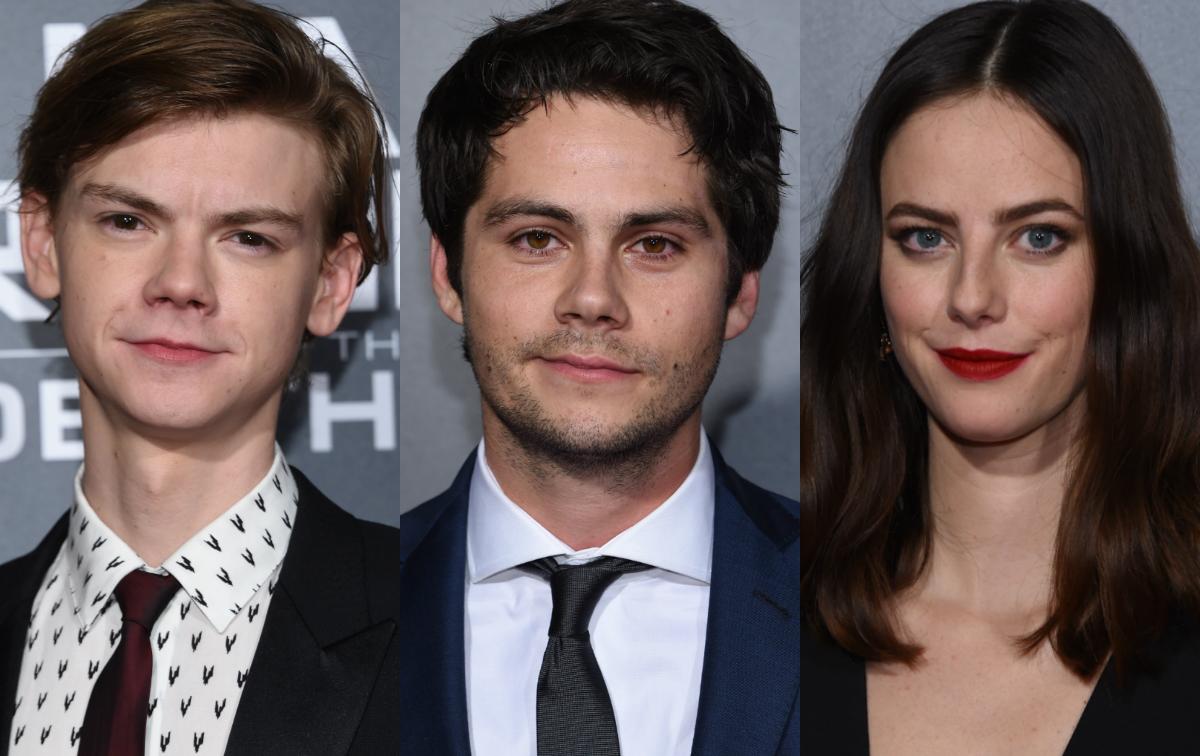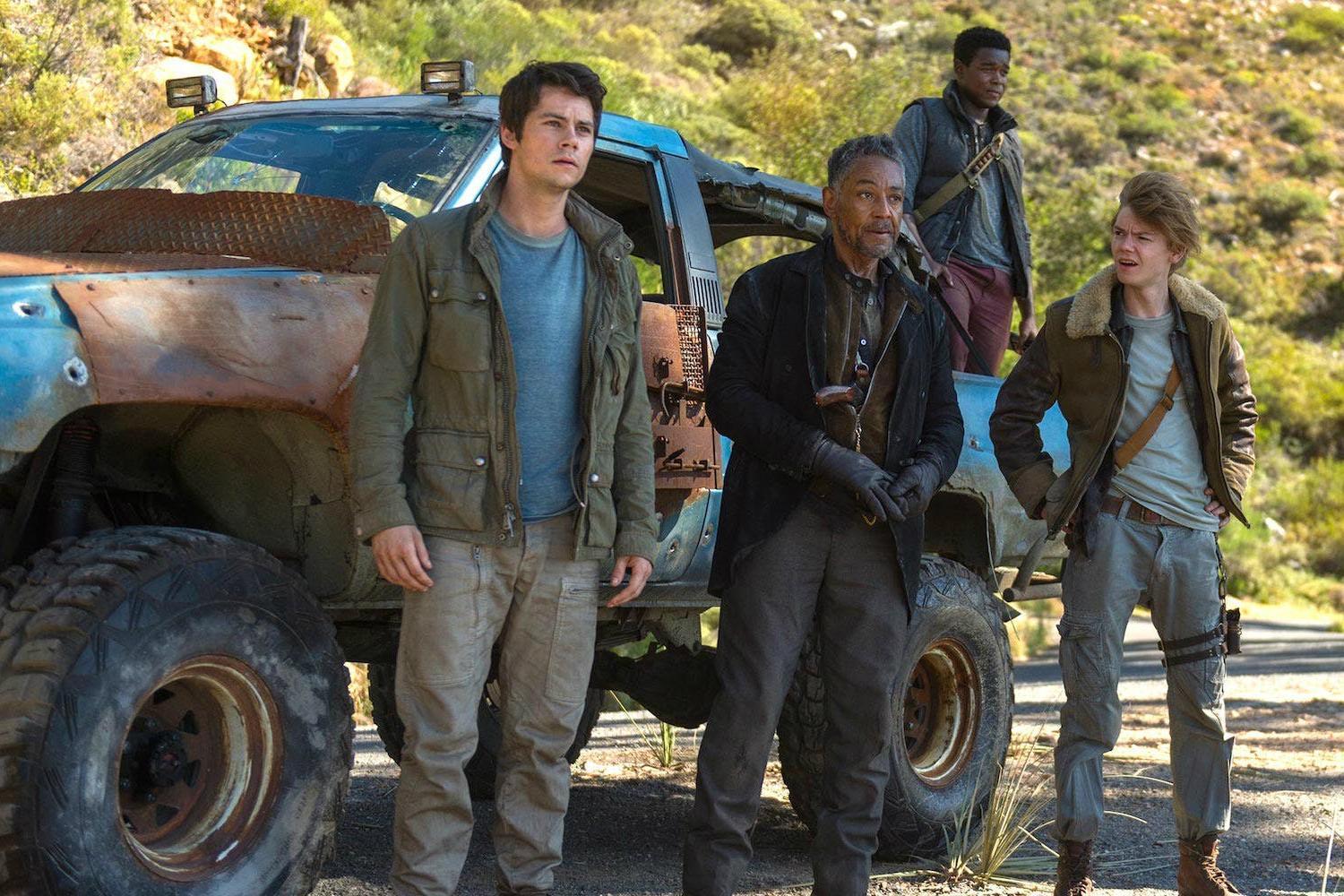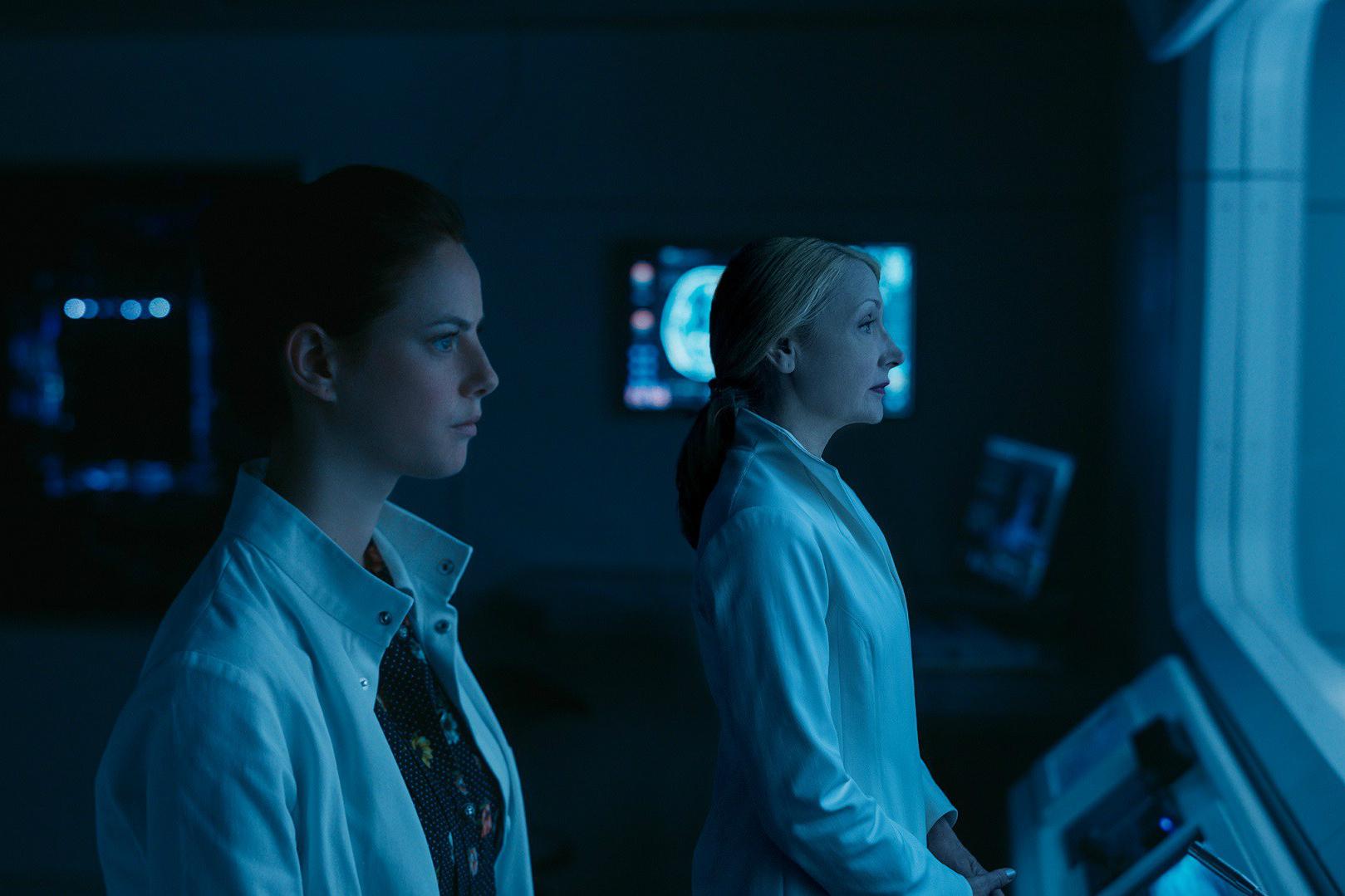How Maze Runner outlived the YA trend, according to Dylan O'Brien, Kaya Scodelario, and Thomas Brodie-Sangster
The Death Cure, the third and final entry into the series, rampages into cinemas this week

Your support helps us to tell the story
From reproductive rights to climate change to Big Tech, The Independent is on the ground when the story is developing. Whether it's investigating the financials of Elon Musk's pro-Trump PAC or producing our latest documentary, 'The A Word', which shines a light on the American women fighting for reproductive rights, we know how important it is to parse out the facts from the messaging.
At such a critical moment in US history, we need reporters on the ground. Your donation allows us to keep sending journalists to speak to both sides of the story.
The Independent is trusted by Americans across the entire political spectrum. And unlike many other quality news outlets, we choose not to lock Americans out of our reporting and analysis with paywalls. We believe quality journalism should be available to everyone, paid for by those who can afford it.
Your support makes all the difference.The death knell had already been rung on the Young Adult (YA) sci-fi genre. Come and gone in a furious flash: between 2013 and 2016, in crammed the likes of Ender’s Game, Divergent, The 5th Wave, The Giver.
The Hunger Games may have sparked the phenomenon and yet its final instalment, Mockingjay – Part 2, finished its box office run with the lowest gross of the whole franchise. The 5th Wave and The Giver fell at the first hurdle, while the Divergent series collapsed on its third instalment, Allegiant, its conclusion relegated to TV screens.
And yet, one franchise still stands among the ashes – a fitting image for a genre so obsessed with ideas of ultimate survival. 2014’s The Maze Runner bolted out of the gate with an impressive $340 million worldwide and though its sequel, The Scorch Trials, lagged slightly behind, its $312 million gross still proved perfectly healthy for its $61 million budget.
The Maze Runner trilogy now concludes with The Death Cure and, though the film’s original release was delayed nearly a whole year due to the injuries sustained on set by star Dylan O’Brien, its arrival still feels like a resilient cry against the flood of opinion pieces firmly declaring the young adult dystopian sci-fi film was nothing but a hollow trend. The box office predictions, certainly, look hopeful: it’s outpaced the previous films in all four of the international markets it’s so far debuted in.
Such achievements call, perhaps, for a little reflection. To look beyond quick dismissals, and to how the Maze Runner series has managed to sustain itself by catering so faithfully to a core audience, carefully building on the established following of James Dashner’s original novels.
With the books having already sold 6.5 million copies between 2009 and 2014, The Death Cure’s central cast – O’Brien, Kaya Scodelario, and Thomas Brodie-Sangster – can’t help but be keenly aware of where their gratitude should lie.
“We were so worried when we knew we were going to be cast,” Scodelario confesses. “I’d heard horror stories from other people, that if they’d done something that’s an adaptation of the book, then the fans are like, ‘No, you’re not what we imagined and we’re unhappy.’ But they were never like that. They were so supportive from day one.”
A harmonious relationship she attributes partially to director Wes Ball, who led the charge on all three films; he was the one who ensured fans were regularly updated along the way and made to feel included as much as possible, from images of new locations to the latest in casting news.
“It really felt like they were a part of these movies with us,” she adds. “They helped us build it into what it is now... they feel like they are part of our family.”

Watch Apple TV+ free for 7 days
New subscribers only. £8.99/mo. after free trial. Plan auto-renews until cancelled

Watch Apple TV+ free for 7 days
New subscribers only. £8.99/mo. after free trial. Plan auto-renews until cancelled
The Maze Runner franchise has undeniably connected with fans on a meaningful level, evident by how O’Brien describes his interactions with fans. “You sometimes forget that you can really be something important in someone’s life somewhere,” he muses. “That’s always really amazing to me when I see that, or feel that from a fan. Sometimes it’s really powerful.”
What becomes quickly evident from talking to all three actors, however, is that the reason for Maze Runner’s success isn’t wildly clear-cut. What exactly gave it the lasting power to outrun so many other failed YA franchises? Why has it been given the grace to conclude its storyline, naturally, on the big screen?
For Brodie-Sangster, the simplest explanation he can offer is in its characters: individuals grounded enough in reality, genuine enough in their relationships, to actually feel relatable to younger audiences – “the human aspect”, as he describes it. To him, people are at their most human when placed in the direst of situations. “When you strip it back and you destroy the world, it takes you back to what’s actually important in life,” he notes.
If ultimate destruction is the key to ultimate truth, then it’s no wonder the concept of the apocalypse pretty much dates back to the beginning of history. O’Brien even notes that the YA genre’s own focus on end-of-the-world scenarios arrived at a timely point marking two major doomsday predictions: Y2K and 2012’s end of the Mayan calendar.
With so many of the source books for these YA franchises being written in the early 2000s, and their film equivalents arriving in the wake of 2012, it does all click into place: the world has not been destroyed, but the burden of fear is passed onto the next generation. And with rapidly advancing climate change and international tensions dominating the headlines, how can that fear not feel so close to home?

Scodelario, however, offers an alternative viewpoint. We may have always had an obsession with futuristic visions, from Metropolis to Philip K. Dick, but those promises can only be more intriguing to younger generations.
“They do see that world as within touching distance,” she explains. “It’s still out there for them to explore. And it’s exciting. I think now, at 25, I’m getting to this awful stage where I think, ‘Oh, this is just what the world’s like.’ And I miss that enthusiasm, and maybe naïveté, but also just that sense of exploration that you have when you’re young, when you do think you can make a difference. And you do think you can make the world a better place.”
That curiosity has, in fact, been particularly well-captured by the Maze Runner franchise and its sprawling environments: its first instalment opened on the Glade, a vast space of greenery which housed an encampment of youths, all surrounded by a constantly morphing maze with 200ft walls.
By The Scorch Trials, our heroes had escaped, discovering instead the desert wasteland that represents what’s left of the real world. In The Death Cure, they now come upon the Last City in their search to rescue Minho (Ki Hong Lee), its towers’ adorned with steel and glass, neon lights and stark minimalism.
Yet, Scodelario also touches upon something beyond curiosity: hope. This is a genre that, time and time again, sees young adults finally take ownership of themselves and of their own fates.
YA dystopian sci-fi is dominated with themes of an older generation exploiting the young: in the arenas of the Hunger Games, the young spill their blood to distract the world from its own miseries. In the Maze Runner films, the young are reduced to specimens, experimented on by the WCKD organisation in their hopes of finding the cure to a devastating virus.
“When you’re a teenager, you know, that’s the first time you actually ask questions,” Brodie-Sangster adds. “It’s the first time you start thinking for yourself. Up until that point you’ve really just listened to your parents and to your teachers, and to people who are older than you. It’s the first time you actually question any type of authority, and start making your own mind up for yourself. And there’s something quite scary, alienating, but also empowering about that.”
For all of the YA genre’s doomsday qualities, the Maze Runner franchise’s ultimate message is that young people do have the ability to act and to have agency, even in the most oppressive of circumstances.

“It gives that generation hope,” Scodelario says. “And there is something wonderful about knowing that, as a society, we progress and we grow, and every generation comes along and has something different that defines them. And I think we all want to be the generation that ultimately does good, and that changes the world, and that makes it a better place to live in. Your voice can be heard and, if you speak out long enough, somebody may well listen and you can actually make that change.”
She adds that the films see young people “taking the situation into their own control and their own hands, which is a really brave thing to do, because you’re told in society that the people before you know more and they have had more experience, and you have to just follow their lead. And these movies are kind of all about taking that power back. And carving you own path.”
O’Brien agrees with the sentiment. To him, “Young people are always the future. And I think depending on the time that you’re in, the climate that you’re currently experiencing, young people can be the most important people on earth and I think right now is sort of an example of that, in a way. They’re everything that’s going to form the future of humanity. So, it’s interesting when you’re trying to change things radically, that span generations, I think young people play a huge role in that, obviously.”
There is a tendency not to interrogate fads. To see them as the mindless production of a pursuit for profit. Yet, things never happen without reason, and to see the Maze Runner franchise’s sustained popularity is to start to understand the attraction of the YA dystopia in the first place.
That much is clear from the way the stars of these films speak about the passion funnelled into them, the clear desire to create meaningful connections with audiences. It’s no wonder, then, that the prospect of the entire Maze Runner experience ending is a little daunting for each of them.
“You grow very close to these people, you grow close to the character, you grow close to the entire thing,” O’Brien reflects. It’s hard, but those memories are built to last.
“I think because we have trust in our relationships with one another, we know that those won’t just evaporate,” Brodie-Sangster says. “We’ll see each other again, just not within a working environment. But there’s no denying it’s a fun thing to go to work with your friends.”